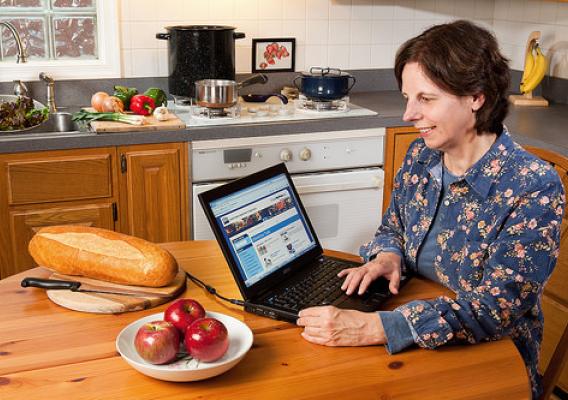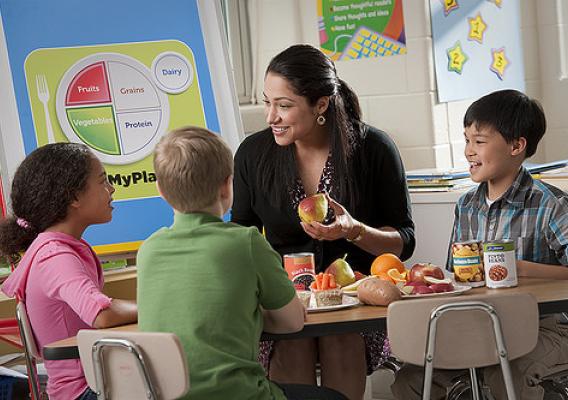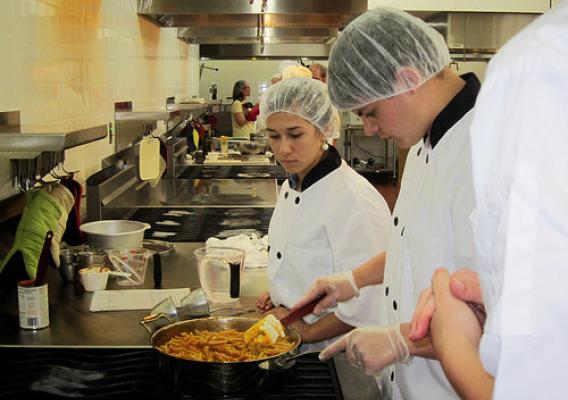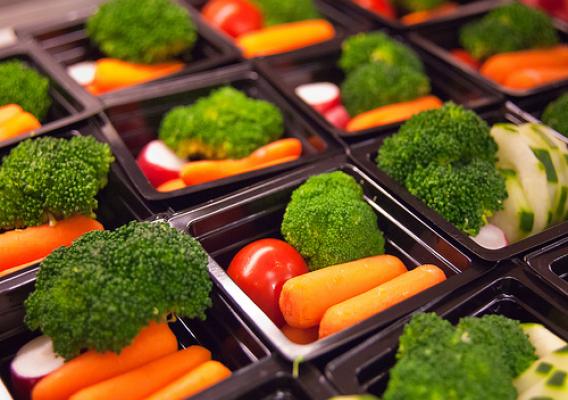The following guest blog is from a high school student from Yankton, South Dakota that was invited to discuss the implementation of USDA’s Smart Snacks in Schools rule at a meeting hosted by the Pew Charitable trusts last fall. The blog is part of our Cafeteria Stories series, highlighting healthy meals in schools and the impact of hard working school nutrition professionals who are dedicated to making the healthy choice the easy choice at schools across the country. We thank these students, parents, teachers, and school nutrition professionals for sharing their stories!
By: Patrick Binder, student, Yankton, South Dakota
Aristotle once said, “Good habits formed at youth make all the difference.” As a young person, I recognize the issues that face my peers. When the food service director at my school approached me about being on a wellness council, I was ecstatic. It was an opportunity presented by an adult to engage youth in decision-making. I continue to meet with the wellness council in my district, where we work to positively impact the wellness policy of my school.








